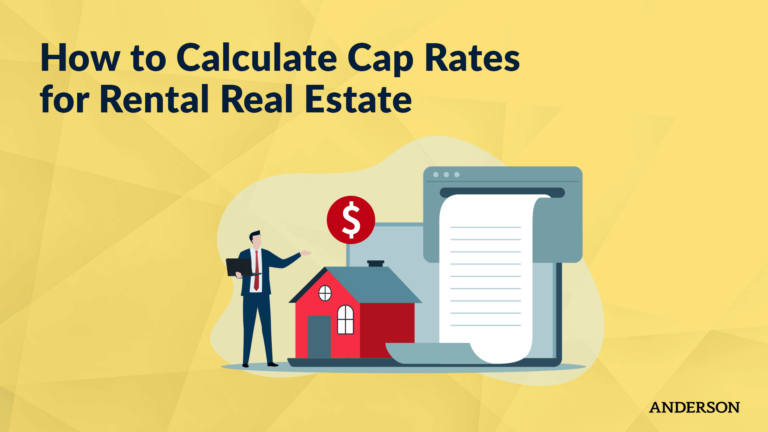Should You Take a Salary From Your Business Entity?
In this episode of Coffee with Carl, attorney Carl Zoellner explains the benefits of taking out a salary from your business entity.
So, you’re ready to get paid out of that entity…now what?
Is it even appropriate to take out a salary?
The first thing I look at with all my clients looking to do this, is the reason behind it.
If you’ve got a C corporation, before we’ve started paying salary, have we covered all of our reimbursements?
Oftentimes, that’s the best way to get money out of your corporation tax-free. Have you considered doing a dividend payment? This is taxed at long-term capital gains rates rather than short term, and it doesn’t come along with a self-employment tax.
Usually, when my clients start looking to pay a salary, there’s a reason.
Why Take a Salary From Your Entity Structure?
The two most popular reasons, especially when we start looking at the C corporation as an entity, tend to be, wanting to contribute to a retirement plan or maximize contributions to a retirement plan. Or, you want to look better to a lender, so you need to show more W-2 income.
Both of those are completely reasonable. Outside of that, if you’re just looking to get money from your C corporation or an LLC taxed as a C corporation, I would look at how to get it out at a lower tax rate if we’re just looking to cover living expenses or just get some more cash in your pocket.
If we look at an S corporation, you’re required to pay a reasonable salary, and the rest you can take out as a distribution. A huge benefit with distributions is they don’t come along with self-employment tax. However, the salary from that S corporation would come with a self-employment tax.
S corporations tend to be a better fit for those folks who tend to withdraw all of the money from the business and are making more than they can reimburse on an annual basis.
Now, the last one we tend to see is disregarded entities or partnerships. How do you pull money out of your disregarded entities into your partnership? It sounds silly, but this one is straightforward. You just move money from one account to another.
Through a disregarded entity or a partnership, the income and loss will fall directly onto your personal tax return. So whether that’s through the medium of a K-1 in a partnership or if it’s just falling directly onto your 1040, your individual return, ultimately you’re the one still paying tax on it.
Distributions are often an easier way to pull money out of a business. However, it doesn’t necessarily mean it’s always the most tax advantageous way.
It’s important to know that there are lots of different ways to pull money out of your businesses, and the best for you will often depend on your individual scenario. The snap reaction to the C corporation is always, “Oh my goodness, but what about double taxation!?”
C corporations are great, and most times, you can choose how you want to be taxed.
If we’re looking at salary, it should be an active business. Normally, I’m looking at corporate taxation from that perspective. As always, “we want you to take advantage of our free content that’s out there, so please join us.”
The Takeaway
As always, take advantage of our free educational content and every other Tuesday we have Toby’s Tax Tuesday, another great educational series. Our Structure Implementation Series answers your questions about how to structure your business entities to protect you and your assets. One of my favorites as well is our Infinity Investing Workshop.
Additional Resources:
- Join our next Tax & Asset Protection event to learn more advanced tax minimization & entity structuring strategies
- Subscribe to our YouTube channel to make sure you never miss the latest strategies & updates
Got an idea for a future Coffee with Carl? Send it to Carl at cwc@andersonadvisors.com.
Free Strategy Session with an Anderson Advisor
Receive a detailed risk assessment to assist in lowering problem areas that could wipe out all of your assets with one wrong move. Speak with an Anderson Professional Advisor to get your FREE Strategy Session.
Limited-Time Offer: ($750 value.)








